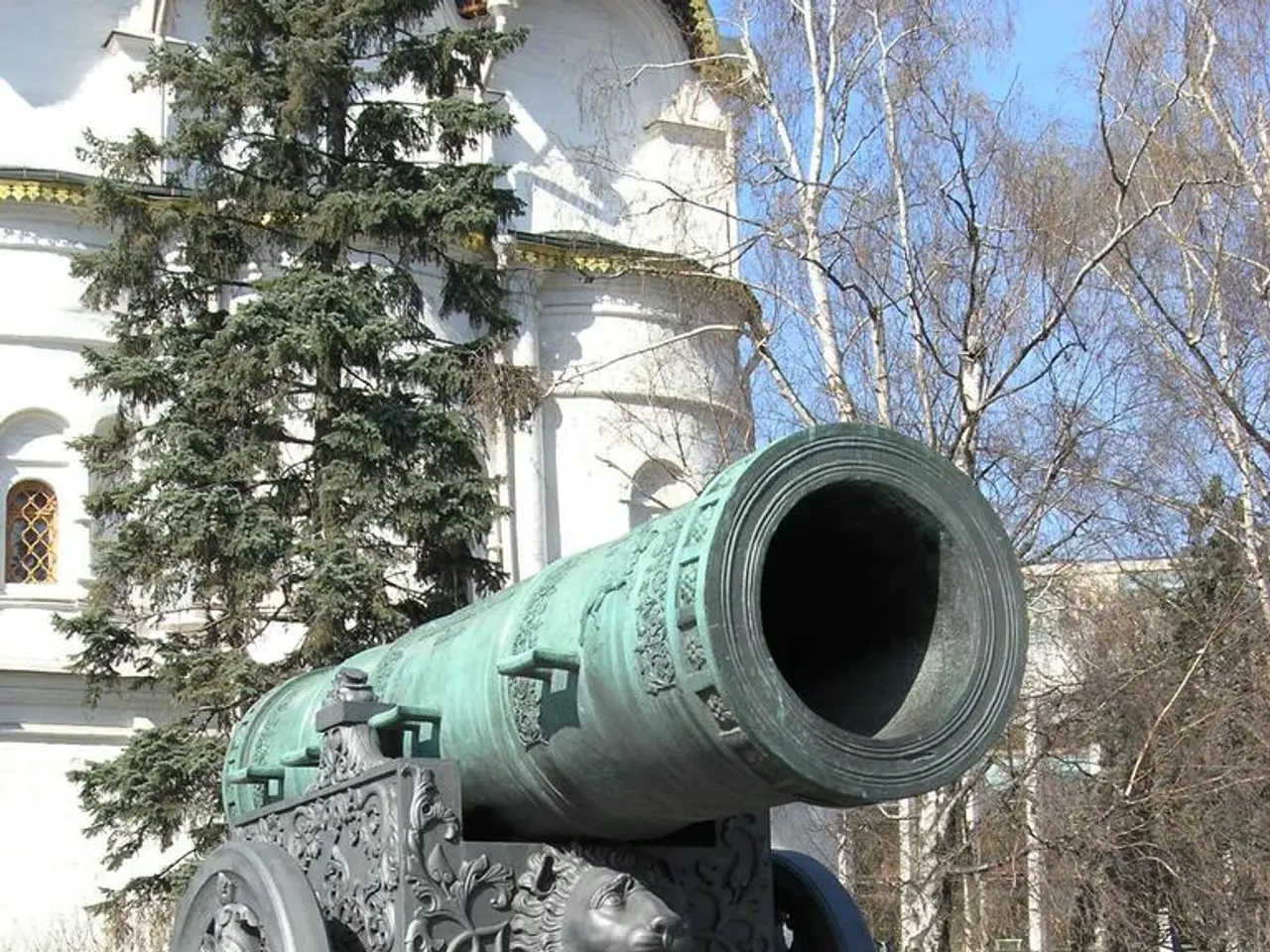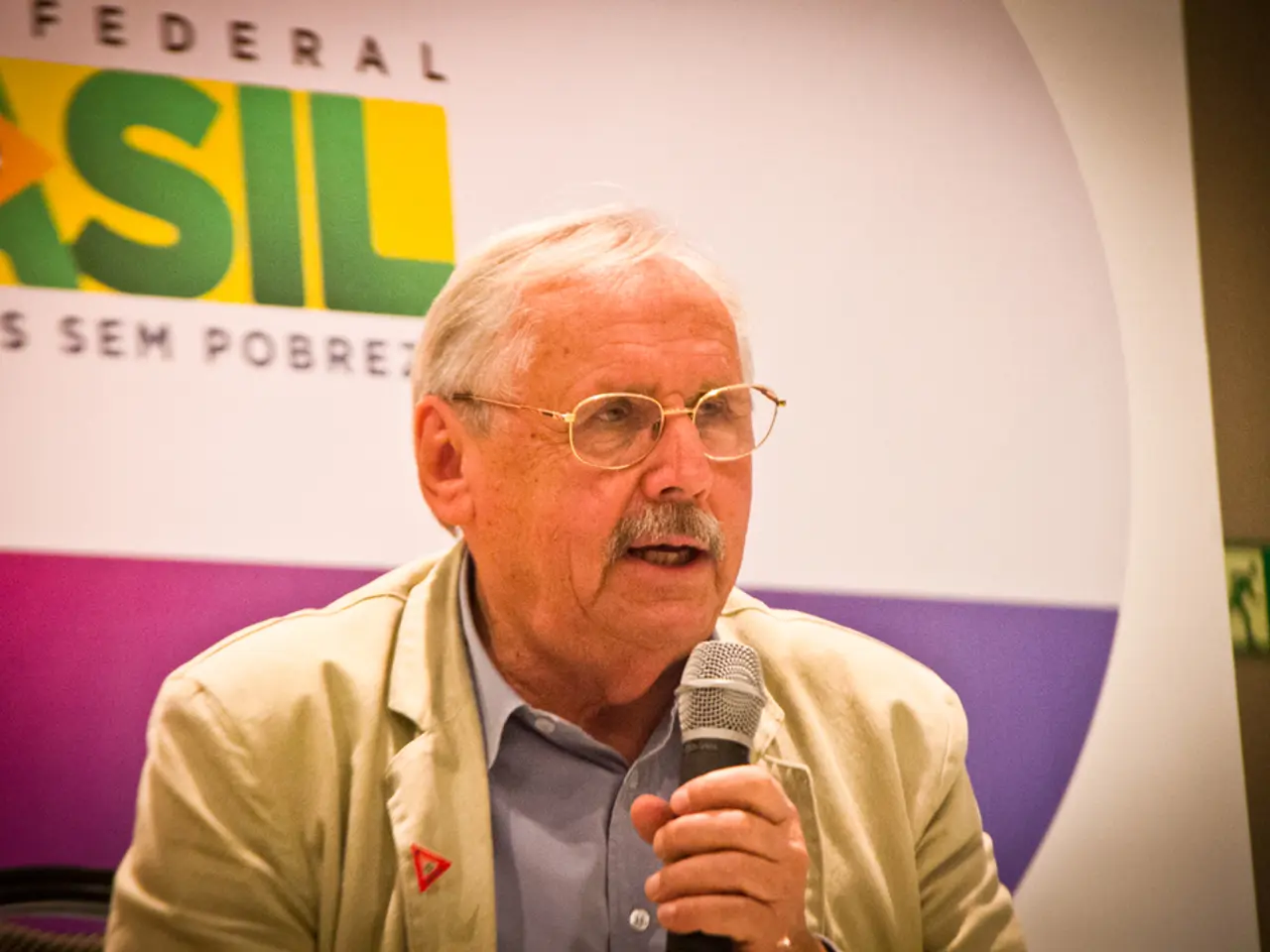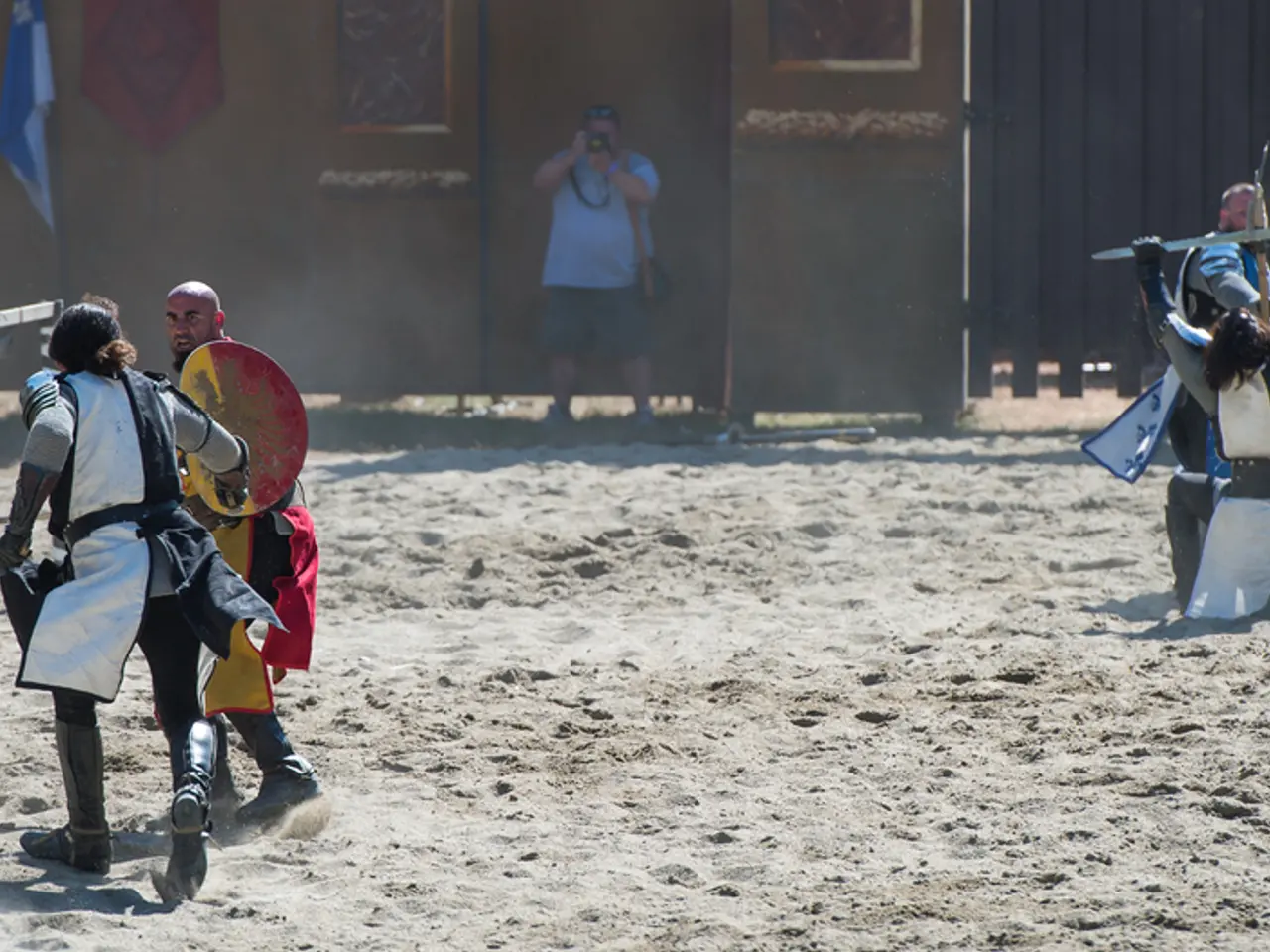Criticism leveled against Lenin and his actions
**Article Title: Lenin's Role in the October Revolution and the Emergence of Soviet Authoritarianism**
Vladimir Lenin, the charismatic leader of the Bolsheviks, played a **crucial and decisive role in the organization and execution of the October Revolution of 1917**. As the driving force behind the Bolshevik Party, Lenin provided both the ideological foundation and strategic direction necessary for the successful seizure of power from the Provisional Government.
### Lenin's Role in Organizing and Implementing the October Revolution
Lenin's April Theses outlined a radical program calling for "Soviet power," an immediate end to the war, and land redistribution. These demands resonated strongly with war-weary soldiers, peasants, and workers, helping the Bolsheviks gain popular support. After going underground in July 1917 due to government persecution, Lenin came to believe the time was ripe for an armed uprising. Under his guidance, the Bolsheviks strategically took control of key government buildings in Petrograd with the help of the Military-Revolutionary Committee, composed largely of soldiers and sailors sympathetic to their cause. This coordinated effort led to the relatively bloodless overthrow of the Provisional Government in October 1917.
### Lenin's Leadership Style and Policies Leading to Authoritarian Rule
Lenin's leadership style was highly centralized and uncompromising. He enforced strict party discipline and rejected competing viewpoints within the socialist movement, believing that a tightly controlled vanguard party was necessary to lead the proletarian revolution. Lenin's belief in the dictatorship of the proletariat justified the use of force to suppress opposition, including non-Bolshevik socialists and other political factions. This set the foundation for an authoritarian regime under Bolshevik control, as dissent was systematically eliminated to maintain power.
After the revolution, Lenin’s government banned opposition parties and curtailed freedoms such as press and assembly. This consolidation of power under the Communist Party marked the shift from a revolutionary movement to a one-party state. Lenin's doctrine and practices did not simply arise spontaneously after the revolution but were rooted in his theoretical work, including *The State and Revolution*, which argued for the necessity of dismantling existing state structures and replacing them with proletarian rule — a process inherently involving coercion and suppression of counter-revolution.
The Cheka, a secret police with wide-ranging terror powers, was formed under the Bolsheviks, marking the end of the revolutionary process and the beginning of state-organized violence. Lenin's formula of the "right to self-determination of nations" was criticized by some Marxists as an opportunistic dilution of class policy.
In summary, Lenin’s vision, strategic acumen, and authoritarian leadership style were instrumental in both the success of the October Revolution and the subsequent establishment of a Soviet state characterized by centralized control and limited political freedoms. His policies laid the groundwork for the Soviet Union’s shift towards one-party authoritarianism under the Communist Party.
- Lenin's strategic plan, as outlined in his April Theses, contributed significantly to the success of the October Revolution, which ultimately led to a shift in general-news politics with the emergence of the Soviet Union.
- Lenin's unyielding leadership, characterized by centralization and the suppression of dissent, paved the way for the establishment of Soviet authoritarianism, as demonstrated by his curtailing of political freedoms and consolidation of power under the Communist Party.





